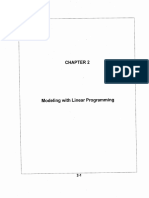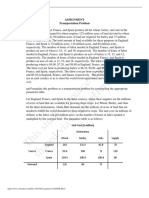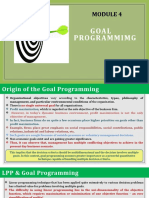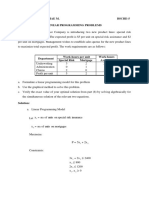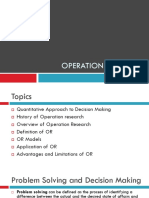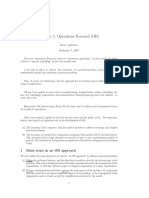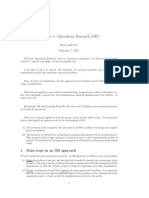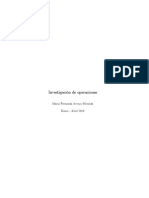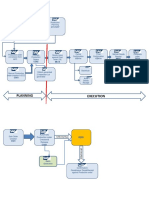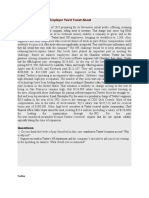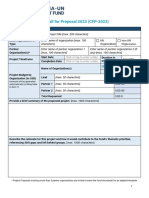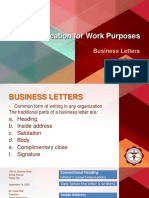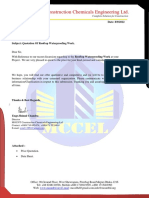0% found this document useful (1 vote)
5K views13 pagesIntroduction To Operations Research: Solutions Manual
This document is the solutions manual for the 9th edition of the textbook "Introduction to Operations Research" by Frederick S. Hillier and Gerald J. Lieberman. It contains solutions to the end-of-chapter problems and cases for each of the 28 chapters in the textbook. The solutions are provided chapter-by-chapter in a detailed manner to aid instructors and students.
Uploaded by
Itzel NavaCopyright
© © All Rights Reserved
We take content rights seriously. If you suspect this is your content, claim it here.
Available Formats
Download as PDF, TXT or read online on Scribd
0% found this document useful (1 vote)
5K views13 pagesIntroduction To Operations Research: Solutions Manual
This document is the solutions manual for the 9th edition of the textbook "Introduction to Operations Research" by Frederick S. Hillier and Gerald J. Lieberman. It contains solutions to the end-of-chapter problems and cases for each of the 28 chapters in the textbook. The solutions are provided chapter-by-chapter in a detailed manner to aid instructors and students.
Uploaded by
Itzel NavaCopyright
© © All Rights Reserved
We take content rights seriously. If you suspect this is your content, claim it here.
Available Formats
Download as PDF, TXT or read online on Scribd
/ 13





